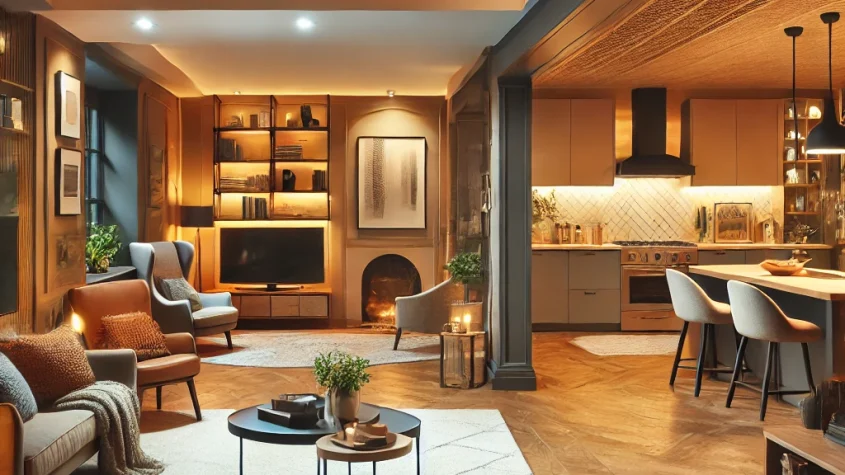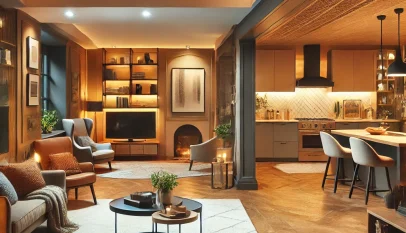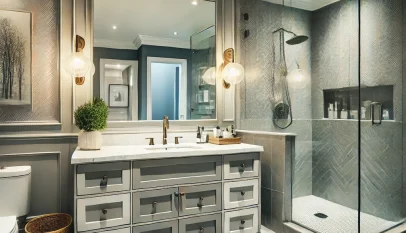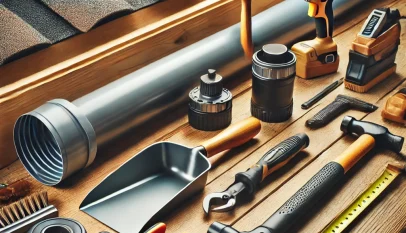
The Kitchen Cabinets Design plays a crucial role in both aesthetics and functionality. Choosing the right style, material, and layout can transform a kitchen into a space that is both beautiful and practical. This article explores various cabinet designs, offering insights into trends and timeless elements that can elevate any kitchen.
From modern minimalist looks to classic rustic charms, kitchen cabinet designs offer a range of choices to fit diverse tastes. Those considering a kitchen remodel will find that factors such as color, texture, and hardware can significantly impact the overall feel of the space. Understanding these components helps in making informed decisions.
Investing in well-designed cabinets not only enhances the kitchen’s appearance but also maximizes storage and organization. With an array of options available, readers will learn how to tailor their selections to best suit their lifestyle and preferences, ensuring a cohesive and inviting environment.
Fundamentals of Kitchen Cabinet Design
Kitchen cabinet design involves careful consideration of space, style, and material choices. Each element plays a crucial role in creating a functional and aesthetically pleasing kitchen environment.
Evaluating Space and Layout
When designing kitchen cabinets, the first step is evaluating the existing space. Measure the dimensions of the kitchen, noting any architectural features such as windows, doors, and appliances.
A well-planned layout enhances workflow. The traditional work triangle concept—connecting the sink, stove, and refrigerator—should guide placement.
Consider traffic patterns as well. Ensure that cabinet placements do not obstruct pathways, allowing for easy movement while cooking and entertaining.
Choosing a Design Style
Selecting a design style sets the tone for the kitchen. Options range from modern to traditional, transitional to industrial.
Modern styles often feature sleek lines and minimalist aesthetics, while traditional styles may incorporate detailed moldings and classic finishes.
Materials and color palettes also align with these styles. For instance, a farmhouse design might use distressed woods and softer colors, whereas contemporary designs favor bold, monochromatic schemes.
Selecting Materials and Finishes
The choice of materials significantly affects the durability and appearance of kitchen cabinets. Common materials include solid wood, plywood, and MDF.
Solid wood is strong and offers a timeless appeal but can be more expensive. Plywood provides stability and resistance to moisture, making it suitable for humid climates. MDF is budget-friendly but less durable.
Finishes enhance the look and protection of cabinets. Options like paint, laminate, or veneer determine the cabinet’s final appearance. Glossy finishes can create a modern vibe, while matte finishes often evoke a warm, inviting feel.
Each decision impacts both functionality and style, ensuring the kitchen meets long-term needs and preferences.
Functional Considerations in Cabinet Design
Effective cabinet design goes beyond aesthetics. It must address practical solutions for storage, innovative features, and principles of ergonomics.
Storage Solutions and Organization
Maximizing storage is crucial in kitchen cabinet design. Various options can optimize space efficiency, such as:
- Pull-out shelves: These provide easy access to items at the back of cabinets.
- Deep drawers: They enable storage of larger items like pots and pans.
- Vertical dividers: Ideal for organizing baking sheets and cutting boards.
Additionally, corner cabinets equipped with lazy Susans or pull-out systems ensure no space is wasted. Drawer dividers can help maintain organization, allowing the user to categorize utensils and cooking gadgets effectively. Properly planned storage leads to a more functional kitchen.
Innovative Features and Accessories
Incorporating innovative features can enhance usability. Soft-close mechanisms on cabinet doors and drawers prevent slamming, ensuring a quieter kitchen environment.
Customizable shelving is another valuable addition. Adjustable racks can accommodate various items as needs change.
Integrated lighting within cabinets improves visibility, especially in lower cupboards. Other accessories like pull-out trash bins or spice racks create a more efficient kitchen layout.
Smart technology, such as sensor-activated doors, adds a modern touch that promotes convenience. These innovations contribute to an organized and user-friendly kitchen experience.
Ergonomics and Accessibility
Ergonomics play a vital role in cabinet design. It focuses on the user’s comfort and safety while reaching for items.
Cabinet heights should be within a comfortable range to avoid straining.
Easy-to-reach drawers at varying heights allow everyone, including children and older adults, to access kitchen supplies without difficulty.
Incorporating pull-down racks makes it easier for those with limited mobility to reach overhead storage.
Clear labeling of containers and drawers helps users quickly find what they need. A well-designed kitchen cabinet system considers accessibility, making daily tasks smoother and more efficient.
Bathroom Renovation Hamilton: Transforming Your Space with Expert Solutions
Bathroom renovations in Hamilton can significantly enhance both the functionality and aest…









